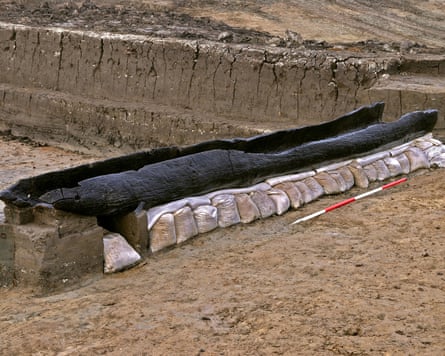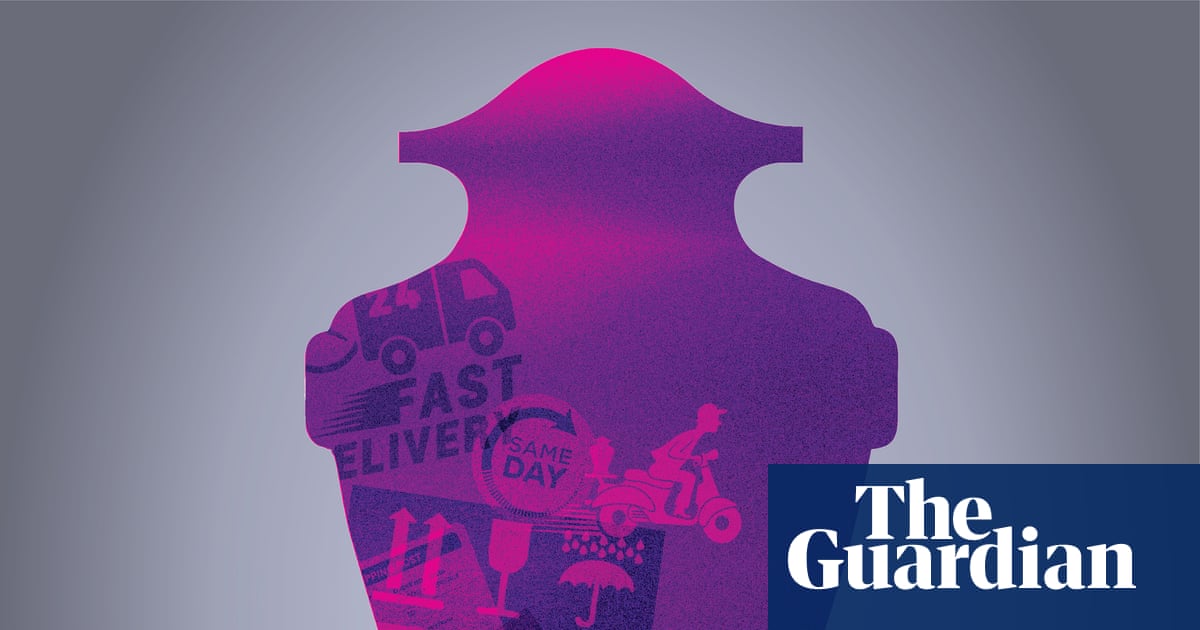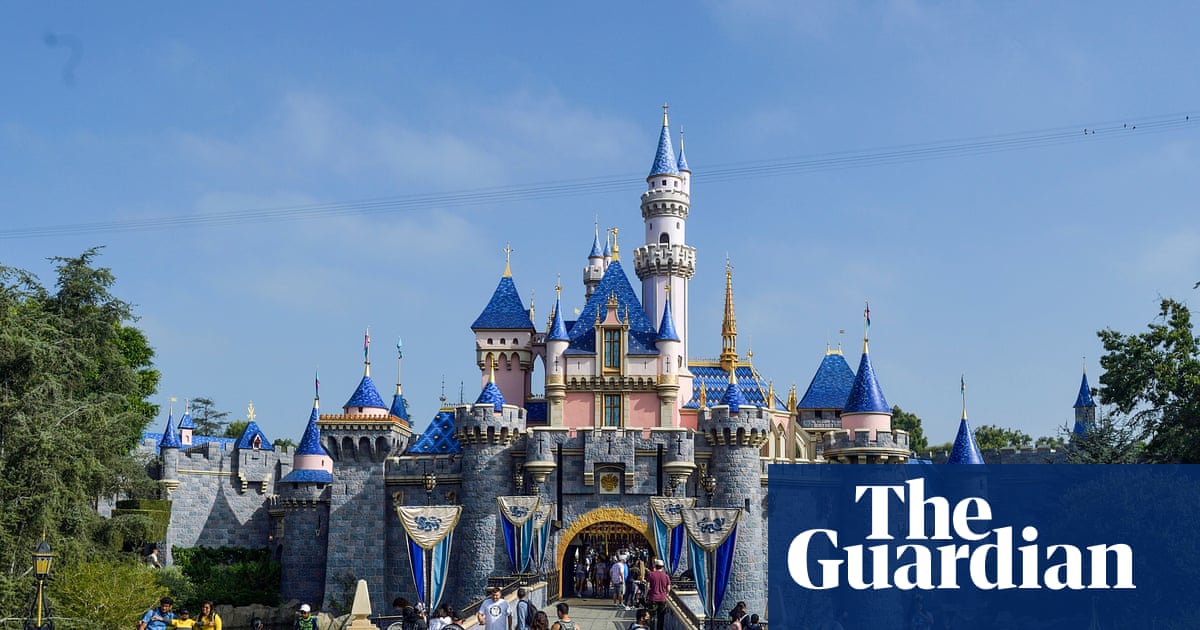After lying undisturbed in mud for more than 3,000 years, three rare bronze and iron age log boats have emerged to offer fresh insights into prehistoric life.
The boats were among nine discovered in a Cambridgeshire quarry 13 years ago – the largest group of prehistoric boats found in the same UK site. Most were well preserved, with one still able to float despite its long incarceration.
After conservation, three of the boats will go on public display for the first time on Friday. The others are still part of a conservation project at a specialist facility built at Flag Fen archaeology park, with work carried out by York Archaeological Trust and Peterborough city council.
The boats were excavated from the riverbed of an ancient, silted-up creek at Must Farm near Whittlesey, Cambridgeshire.
According to archaeologists, they range in date from 2,500 to 3,500 years ago and provide valuable information about prehistoric carpentry and construction techniques and transportation methods.

Analysis has identified the specific tree species used, felling methods and the tools employed in their creation. Log boats were simple vessels made by hollowing out a single tree trunk.
Since their excavation, the log boats have been preserved in climate-controlled conditions using a specialised wax and water solution.
The three boats now on permanent display include a middle-bronze age 6.3-metre oak vessel, which has areas of charring inside; a 2.2 metre-fragment of a middle-bronze age oak boat featuring an intricate repair within the hull; and a 0.8 metre-fragment of an early bronze age boat made of field maple.
The log boats were an “amazing discovery”, said Iona Robinson Zeki, a researcher at Cambridge Archaeological Unit. “These simple, yet supremely effective boats were used to navigate a fenland river for almost a millennium.
“We can see, in their varied construction, how the qualities of different types and sizes of trees were used to make boats ranging from small, manoeuvrable canoes to long, stable punt-like vessels. These vessels were used to lay fish traps but also to transport people potentially alongside animals and materials.”
Over the period, the area became wetter with groundwater levels gradually rising. “It goes from being seasonally wet to wet most of the year, and turning into swamp,” said Robinson Zeki. She added that boats became the main way of transporting goods.

The condition of some of the boats suggested they had been stored in the water to stop them cracking or warping, with the intention of them being retrieved at a later date for further use. Most of the boats, however, appeared to have reached the end of their functional life.
The conservation project was funded by Forterra, the owner of the site where the boats were discovered, Historic England and Peterborough city council.
Jacqueline Mooney, the general manager of Flag Fen archaeology park, said: “This is more than an archaeological display – it’s a powerful reconnection with the people who once lived, worked and journeyed through this landscape. We are proud to share this extraordinary chapter of our shared human past, brought to life through meticulous excavation, conservation, and storytelling.”
Bronze Age Boat Discoveries at Must Farm opens as a permanent exhibition at the Flag Fen archaeology park on Friday 14 November.

 2 hours ago
2
2 hours ago
2

















































